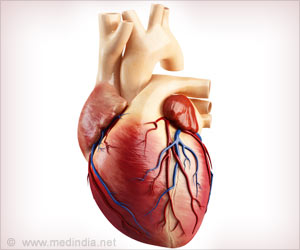A habit leaves a lasting mark on specific circuits in the brain, pushing us to feed our cravings, revealed a new study.

‘A habit leaves a lasting mark in the basal ganglia - a complex network of brain areas that controls motor actions and compulsive behaviors - pushing us to feed our cravings.’





An addiction to one thing can make a person more likely to engage in other unhealthy habits or addictions as well, the findings revealed. The researchers trained otherwise healthy mice to form sugar habits of varying severity, a process that entailed pressing a lever to receive tiny sweets.
The animals that became hooked kept pressing the lever even after the treats were removed. The researchers then compared the brains of mice that had formed a habit to the ones that didn't.
In particular, the research team studied the electrical activity in the basal ganglia - a complex network of brain areas that controls motor actions and compulsive behaviors, including drug addiction - of the mice.
In the basal ganglia, two main types of paths carry opposing messages were found: One carries a 'go' signal that spurs an action, the other a 'stop' signal, the researchers said.
Advertisement
"For more ordinary bad habits simpler, behavioral strategies many of us try may also tap into similar mechanisms," Calakos added.
Advertisement
"A study is underway to detect the possibility of treating drug addiction using transcranial magnetic stimulation or TMS - a noninvasive technique that uses magnetic pulses to stimulate the brain," Calakos said.
Source-IANS















